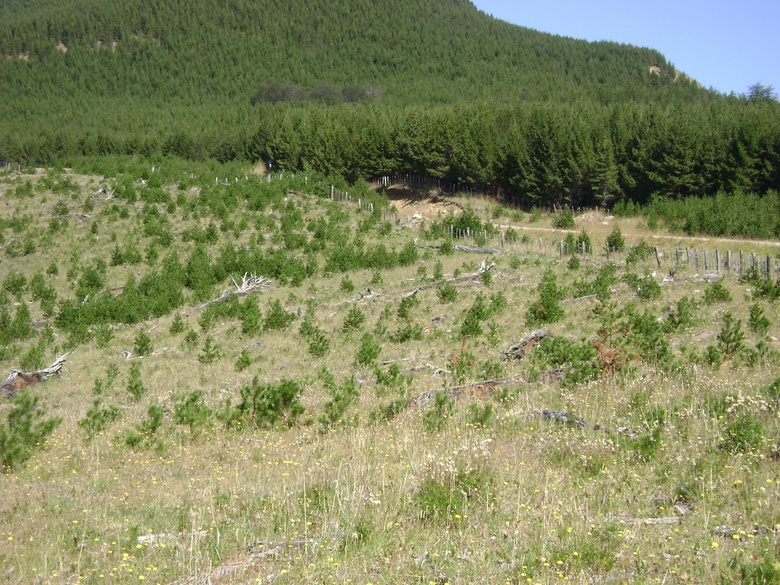Therefore, we aim to predict future population trends and management options for pine species. We have decided to use the available information on P. contorta invasion process to develop models which will allow us to predict those areas suitable for the species to invade and assess different management options and scenarios. While doing this, we are collecting all necessary information about P. radiata, both in literature and field work, to adapt those models and work with stakeholders to plan management options. To accomplish this, we must consider that the invasion success does not only depend on the invasive species, but also the invaded community. Thus, we need to characterise the seed source (plantation), the invaded habitat, and pines natural regeneration (wildings). There is enough evidence on the invasion process of pines, to know which species attributes could influence the invasion success and must be assessed. To complement this information, we will consider the effect of fire on the regeneration of the species, which is, according to stakeholders, one of the most defining factors in the species regeneration success.

